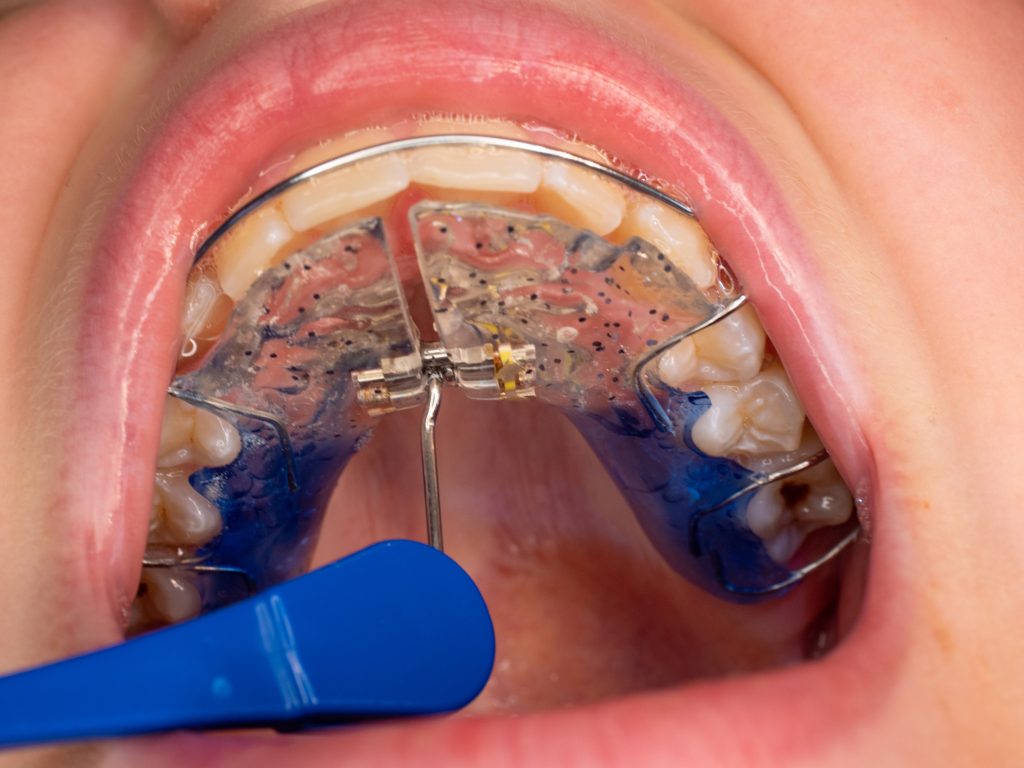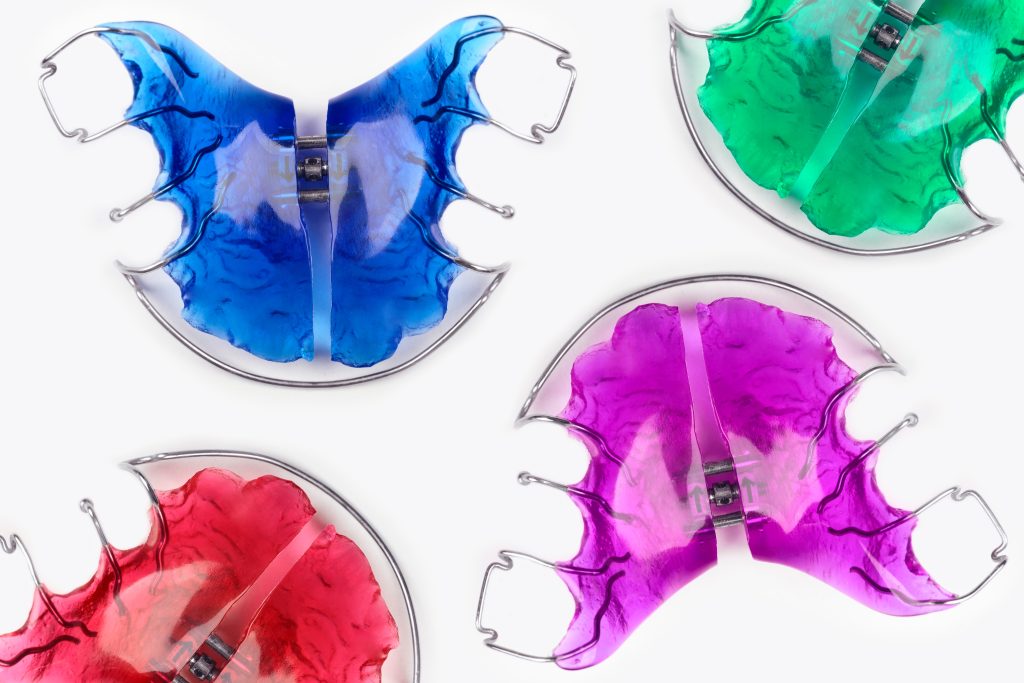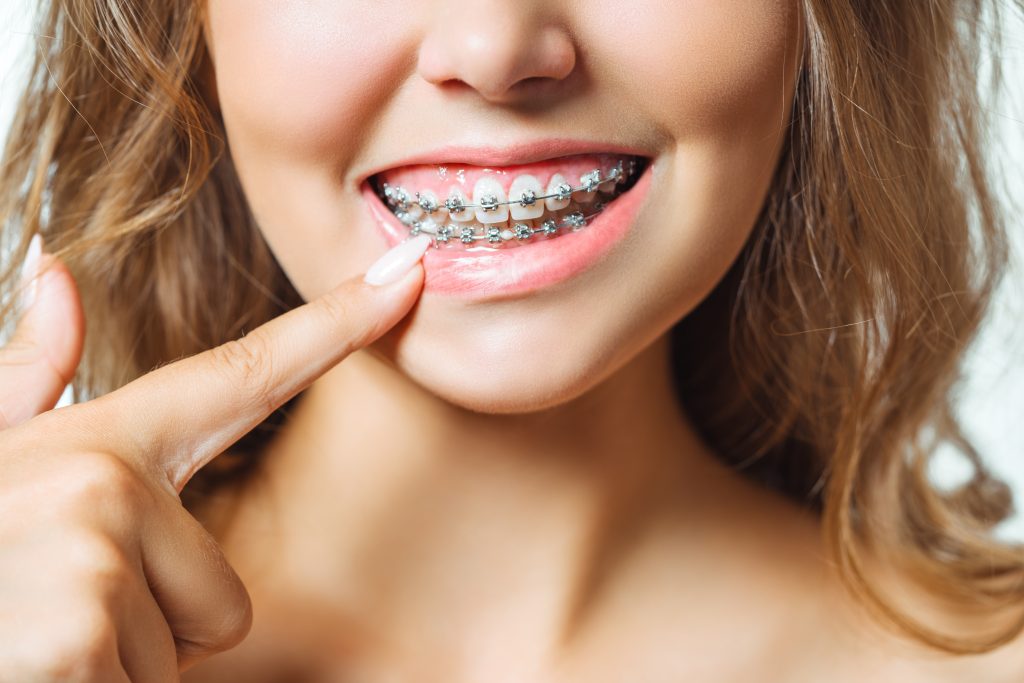

Phase I vs Phase II
Orthodontic treatment is much more than just aligning teeth, it treats larger issues as well. When necessary, an orthodontic treatment can address problems with the jaw as well as the bite. These corrections can prevent major issues or surgeries if handled early in life.



Age seven is the American Association of Orthodontists’ recommended age for a child to be seen by an orthodontist. The reason for this is due to the fact that children with complex issues need a two-phase orthodontic treatment, which can only be started prior to the loss of all the baby teeth.
Phase I
Early interceptive treatment, otherwise known as phase I treatment is the first half of orthodontic treatment for some children. When needed, this treatment is typically done between ages six and ten, when the baby teeth are still present.
Phase I treatment is not recommended in every case, but when there are concerns of severe problems occurring later in life, it is beneficial. Phase I treatment will create enough room for all permanent teeth to come in, as well as address jaw development and bite growth. Performing this treatment while a child is still growing and developing will be less invasive than trying to correct those issues in adulthood.



There are some main cases that greatly benefit from phase I treatment. When severe crowding is present at an early age, appliances can be used to create space. This will allow the permanent teeth to have enough room to grow into, which will reduce overcrowding and, therefore, crooked teeth.
If a child’s jaw is not growing properly, it creates bite issues such as a crossbite or underbite. Appliances, such as a palate expander, can be used to expand the jaw to the proper size, which will create a proper bite. This appliance will also create space for teeth to erupt.
Early corrections of these issues typically prevent future problems such as jaw surgery, tooth extraction, dental trauma, or more intensive orthodontic treatments. Because a child is still growing and developing, their bones are not set and firm yet, making it less intense to correct these issues early.
Signs that your child might need phase I treatment:
● Any type of crossbite
● Severe crowding
● Narrow palates
● Open bite
● Spacing
● Severe thumb-sucking habit
● Deep overbite
● Difficulties chewing or biting food
● Protruding upper teeth
● Early or late loss of baby teeth



This phase will typically take about 9-16 months. Once completed, a child is given retainers, typically a Hawley retainer. These retainers will maintain the new placement of the teeth and jaw while the permanent teeth grow in. The child’s development will then be monitored by the doctor through visits to the office.
At these visits, the doctor will check the progression of the teeth until they reach the point where the child is ready for phase II of their treatment. The child will be ready depending on the type of case. In some cases, it is when all the adult teeth come in. But for some, we want to start the orthodontic treatment at the beginning of pubertal growth. For certain cases, we want to wait until growth slows down.
Phase II



Phase II orthodontic treatment addresses aligning the permanent teeth as well as overbite, underbite, and open bite issues. Children who go through phase I treatment will also go through phase II for the purpose of aligning the teeth. In other cases, children who did not need early treatment, but have other orthodontic problems, will also undergo phase II treatment.
This is the common phrase that people know about. Full braces or Invisalign, as well as elastics, are used during this phase. If extractions are necessary for treatment, they will be done so during the beginning of this phase. The braces will straighten the permanent teeth, including any crowns or gaps from missing teeth. The elastics will then address the remaining bite issues to finish treatment.
This phase typically takes about one to two years. Once everything is aligned properly, a retainer is given to hold the teeth in their new formation. This typically is worn every night for life. Without the retainer, over time, the teeth will begin to shift.
If you have ever been recommended to take your child to see an orthodontist or to get an expander, give us a call to get a free consultation at 215-757-0864! You may also click the new patient tab at the top of this page to contact us for a free consultation. It is important to take your child to be seen by an orthodontist because you could be saving them from a lot of problems in the future.
